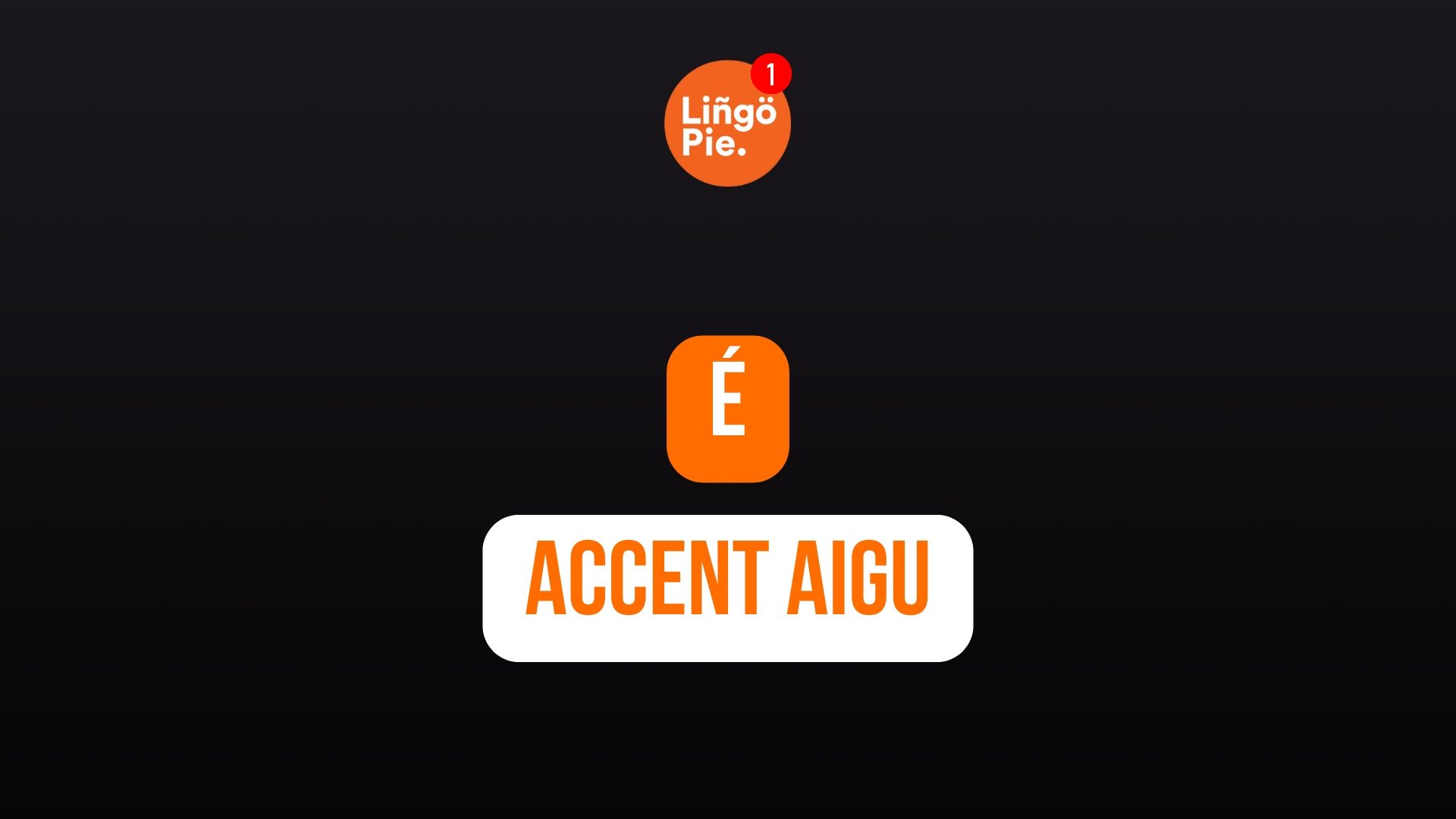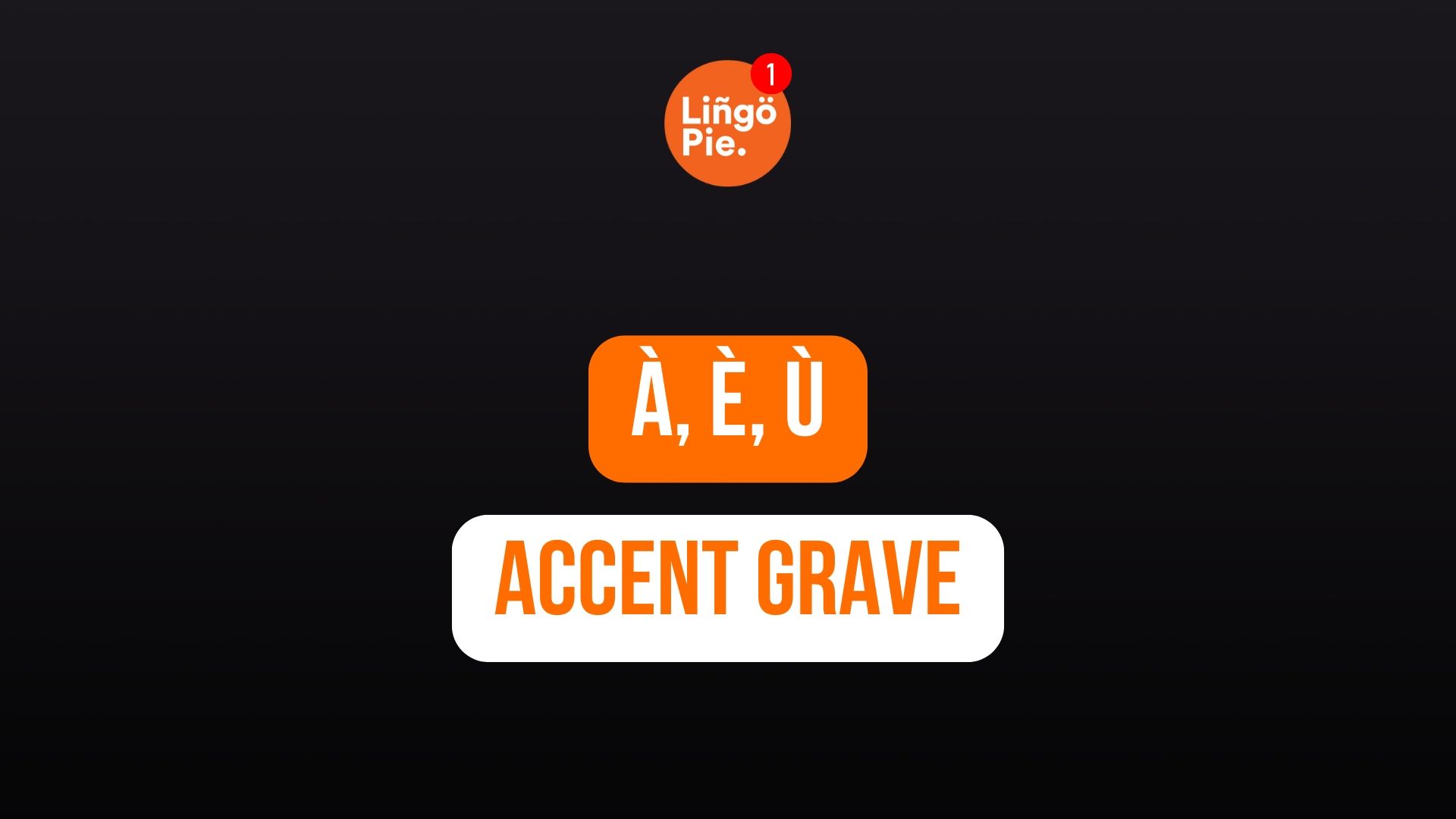What's the difference between your job history (résumé) and starting again after stopping (resume)? Those tiny marks above the letters! French accent marks might look small, but they're super important to know when learning French.
In this post, I'll show you the 5 French accent marks you need to master right away. You'll learn how to spot and pronounce them correctly and understand why they matter in everyday French. Whether you’re just starting out or trying to polish your skills, these accent marks are your ticket to confidently speaking French.
- 10 Basic French Question Words Every Beginner Should Know
- 15 French Slang Phrases and Words You Need to Know
- How To Learn French With News In Slow French [Guide]

French Accent Marks
French uses five accent marks that appear on certain vowels and the letter c. These accents can change pronunciation, help tell French words apart, or show the history of how a word evolved.
| Accent Mark | Name | Appears On | Main Function |
|---|---|---|---|
| ´ | L'accent aigu (acute) | é | Changes pronunciation |
| ` | L'accent grave (grave) | à, è, ù | Changes pronunciation or distinguishes words |
| ˆ | L'accent circonflexe (circumflex) | â, ê, î, ô, û | Shows historical spelling or distinguishes words |
| ¨ | L'accent tréma (diaeresis) | ë, ï, ü | Shows vowels are pronounced separately |
| ¸ | La cédille (cedilla) | ç | Changes pronunciation from "k" to "s" |
Now let's look at each one in detail.

Ç - Cédille (cedilla)
The cedilla only appears under the letter c and has one job: making the "c" sound like "s" instead of "k" before the vowels a, o, and u. Without the cedilla, "c" would make a hard "k" sound before these letters.
| Vowel | Without Cedilla | With Cedilla |
|---|---|---|
| a | ca = "ka" sound | ça = "sa" sound |
| o | co = "ko" sound | ço = "so" sound |
| u | cu = "ku" sound | çu = "su" sound |
You don't need a cedilla before e or i because c naturally makes an "s" sound before these vowels (like in "center" or "city").
Common examples:
- français (French)
- garçon (boy)
- façade (facade)
- leçon (lesson)
- ça va? (How's it going?)
Quick tip: The cedilla started as a small "z" written after the c in old Spanish texts. Over time, it moved under the c and got its hook shape!

é - Accent aigu (acute accent)
The acute accent appears only on the letter e and gives it a specific sound that's like the first part of saying the letter "a" in English. This accent is one of the most common in French and appears in many everyday words.
The French é isn't a two-part sound like the English "ay" - it's shorter and sharper. When you say é, make a clean, crisp sound without the "y" glide at the end that you'd use in English.
Common examples:
- café (coffee)
- été (summer)
- préféré (preferred)
- étudiante (female student)
- résumé (summary)
When you see é at the start of words like école (school) or établir (establish), these often had an 's' after that letter in older forms of the language!

â, ê, î, ô, û - Accent circonflexe (circumflex)
The circumflex accent looks like a little hat and sits on top of vowels. This accent often shows where a letter (usually 's') was dropped from the word over time, and sometimes changes how a vowel sounds.
| Letter | Pronunciation Change | Historical Example |
|---|---|---|
| â | Longer "ah" sound | château (castle) - was "chasteau" |
| ê | Same as è ("bed") | forêt (forest) - was "forest" |
| î | No change | île (island) - was "isle" |
| ô | Rounder "oh" sound | hôpital (hospital) - was "hospital" |
| û | No change (usually) | sûr (sure) - was "seur" |
You'll find this accent in many common words, and it can also help tell the difference between words that otherwise look the same but have different meanings.
Common examples:
- âge (age)
- être (to be)
- coût (cost)
- tête (head)
- hôtel (hotel)

à, è, ù - Accent grave (grave accent)
The grave accent works differently depending on which letter it's paired with. On è, it changes pronunciation. On à and ù, it mainly helps tell similar words apart.
| Letter | Pronunciation | Main Use | Examples |
|---|---|---|---|
| è | Like "e" in "bed" | Shows pronunciation | père (father), très (very) |
| à | Same as regular "a" | Tells words apart | à (to) vs. a (has) |
| ù | Same as regular "u" | Tells words apart | où (where) vs. ou (or) |
The letter è creates an open sound - your mouth should be more relaxed and open than when you say é. It's the difference between "day" (é) and "bed" (è).
Common examples:
- è: mère (mother), frère (brother), première (first)
- à: à bientôt (see you soon), à droite (to the right)
- ù: où (where) - the only French word with ù!

ë, ï, ü - Accent tréma (dieresis/umlaut)
The tréma (two dots above a letter) tells you to pronounce a vowel separately from the one next to it. Without these dots, you might blend the vowels into a single sound, changing the word's meaning.
| Example | Without Tréma | With Tréma |
|---|---|---|
| Noel vs. Noël | "nole" (one syllable) | "no-el" (two syllables) |
| mais vs. maïs | "may" | "ma-ees" (corn) |
| ambigue vs. ambiguë | "am-beeg" | "am-bee-goo-uh" |
This accent isn't as common as the others, but shows up in some familiar words and names.
Common examples:
- Noël (Christmas)
- naïve (naive)
- Citroën (car brand)
- aïeul (ancestor)
- coïncidence (coincidence)
Despite looking like the German umlaut, the French tréma does something completely different - it tells you to pronounce each vowel clearly and separately.
How To Type French Accent Marks
Knowing how to type these accent marks is just as important as understanding them. Here are the simplest ways to add them to your typing:
| Device | Method | Examples |
|---|---|---|
| Windows | Alt codes | Alt + 0233 = é, Alt + 0231 = ç |
| Mac | Option keys | Option + e, then e = é |
| iOS/Android | Hold the letter | Hold "e" to see é, è, ê options |
| Word/Google Docs | Accent menu or shortcuts | Ctrl + ' then e = é |
Most word processors also have an "Insert Special Character" menu where you can find all these accent marks and more.
Common Mistakes To Avoid
Even small errors with accent marks can change meaning or make your French harder to understand:
- Missing accents: "Resume" and "résumé" mean completely different things!
- Mixing up é and è: These create different sounds and can change word meanings.
- Forgetting accents on capitals: Even capital letters need their accent marks in French.
- Putting accents on the wrong letters: Only certain letters can take certain accents.
Why French Accent Marks Matter
These small marks make a big difference in your French speaking and writing:
- They guide correct pronunciation
- They help distinguish between otherwise identical words
- They show you care about speaking French properly
- They connect modern French to its Latin and Old French roots
Learning these five accent marks is step one to mastering French. Practice using them in your writing and noticing them when you read. Your French will sound more authentic right away!
Learn French The Fun Way With Lingopie
Ready to hear these accent marks in action? Lingopie lets you watch real French TV shows and movies with smart subtitles that help you learn as you watch. Just click any word to see what it means, save new vocabulary, and practice pronunciation.
With Lingopie, you'll:
- Hear native speakers use accented words naturally
- See how accent marks appear in real, everyday French
- Learn pronunciation directly from French actors and presenters
- Pick up slang, idioms, and expressions you won't find in textbooks

Learning accent marks is an important first step, but hearing them used in movies, TV shows, and conversations will help you truly master them. Try Lingopie today and turn your French accent knowledge into real conversation skills!
Frequently Asked Questions About French Accent Marks
What is the French é called?
The é is called l'accent aigu (the acute accent). It only appears on the letter e and gives it a sharp "ay" sound that's shorter and crisper than the English version.
What is the rule for accents in French?
Accents in French change pronunciation, differentiate between similar words, or show historical spelling changes. They only appear on certain letters (like é only on e) and must be included in both handwriting and typing, even on capital letters.
What are the 5 diacritics in French?
The five French accent marks are: l'accent aigu (é), l'accent grave (à, è, ù), l'accent circonflexe (â, ê, î, ô, û), la cédille (ç), and l'accent tréma (ë, ï, ü). Each serves different purposes in pronunciation and meaning.
How do you pronounce é?
Pronounce é as a short, crisp "ay" sound without the y-glide at the end that English speakers typically use. Keep your mouth slightly tense, with corners pulled back a bit, and make the sound quick and sharp.
How do you write accent marks?
On Windows, use Alt codes (Alt+0233 for é); on Mac, use Option combinations (Option+e then e for é); on smartphones, hold down the letter to see accent options. Word processors also have special character menus for inserting accents.
What is the umlaut in French?
The French accent tréma (ë, ï, ü) looks like the German umlaut but works differently. It shows that vowels should be pronounced separately rather than blended together, as in Noël (pronounced no-el, not "nole").
How many French accents are there?
French has exactly five accent marks: the acute (é), grave (à, è, ù), circumflex (â, ê, î, ô, û), cedilla (ç), and tréma (ë, ï, ü). Each plays a specific role in pronunciation, meaning, or word history.










![Date And Time In French: A Guide For Beginners [2025]](/blog/content/images/size/w300/2025/11/Date-and-time-in-french.jpg)